Data Vis Dispatch, January 14: Fire, congestion, and Greenland
January 14th, 2025
11 min
Datawrapper lets you show your data as beautiful charts, maps or tables with a few clicks. Find out more about all the available visualization types.
Our mission is to help everyone communicate with data - from newsrooms to global enterprises, non-profits or public service.
We want to enable everyone to create beautiful charts, maps, and tables. New to data visualization? Or do you have specific questions about us? You'll find all the answers here.
Data vis best practices, news, and examples
250+ articles that explain how to use Datawrapper
Answers to common questions
An exchange place for Datawrapper visualizations
Attend and watch how to use Datawrapper best
Learn about available positions on our team
Our latest small and big improvements
Build your integration with Datawrapper's API
Get in touch with us – we're happy to help
This article is brought to you by Datawrapper, a data visualization tool for creating charts, maps, and tables. Learn more.
The best of last week’s big and small data visualizations
Welcome back to the 28th edition of Data Vis Dispatch! Every week, we’ll be publishing a collection of the best small and large data visualizations we find, especially from news organizations — to celebrate data journalism, data visualization, simple charts, elaborate maps, and their creators.
Recurring topics this week include real estate, international conflict, and both kinds of football.
Two maps of international conflict stood out this week, especially this New York Times view of Russian deployments near the Ukrainian border:
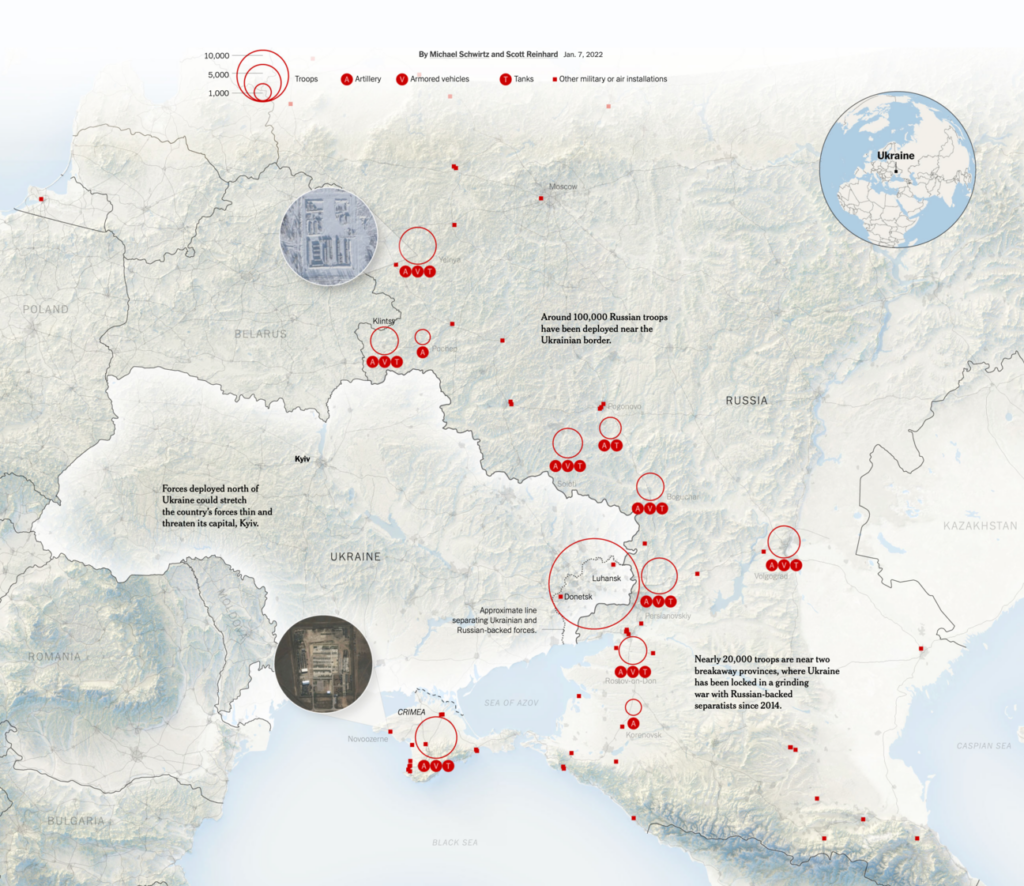
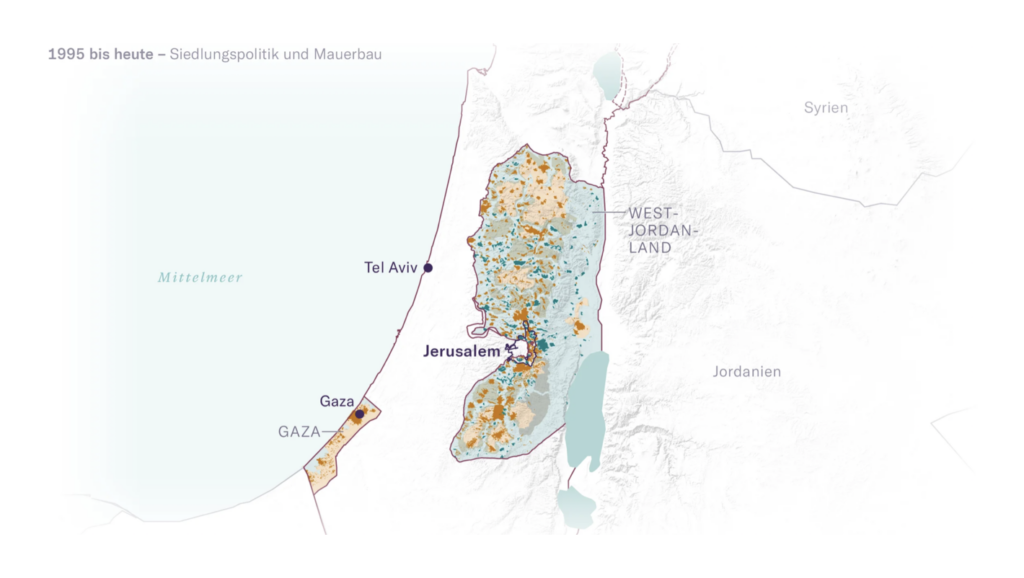
The NFL playoffs inspired several charts, including this map of quarterback networks from FiveThirtyEight:
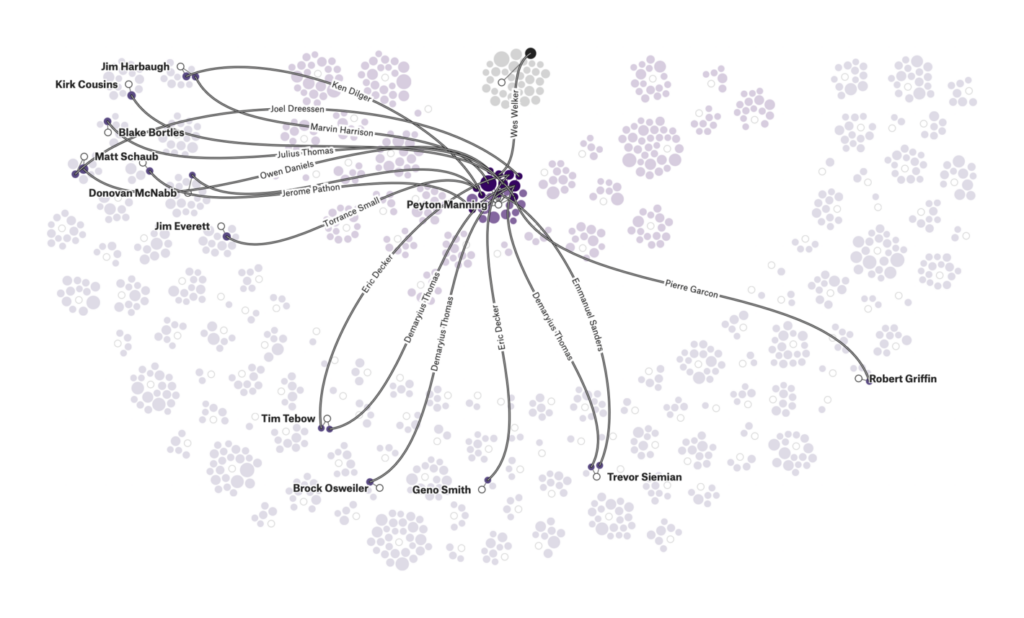
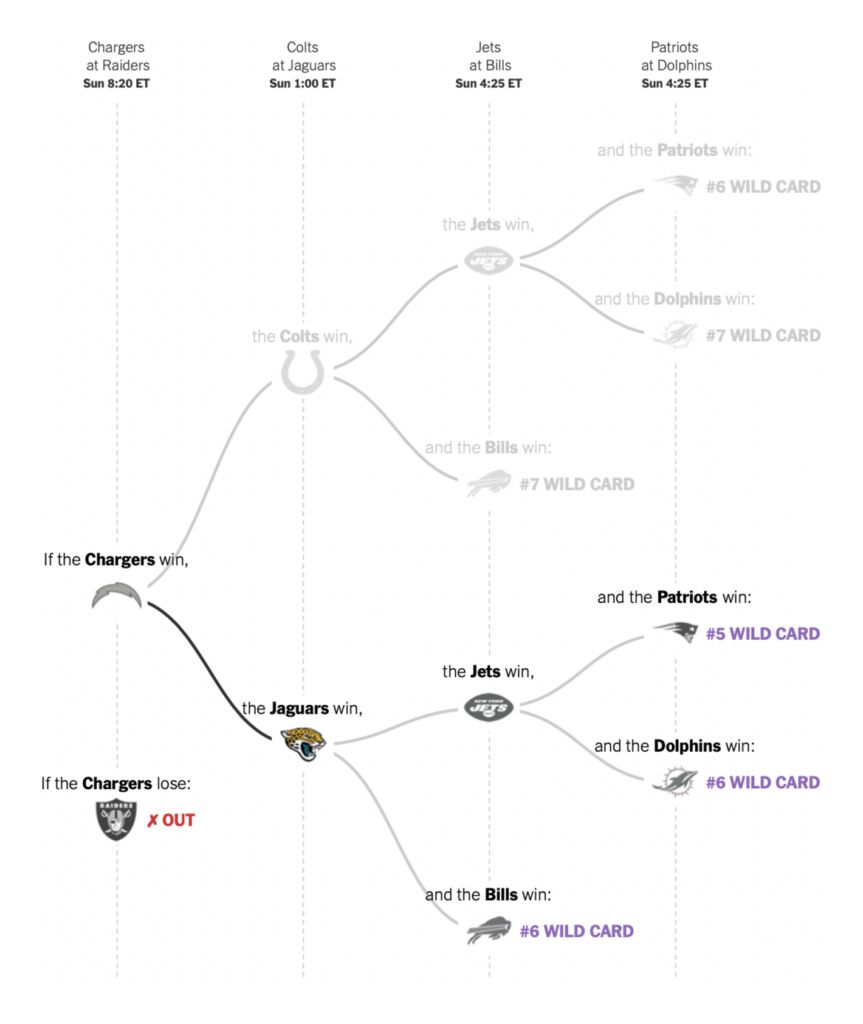
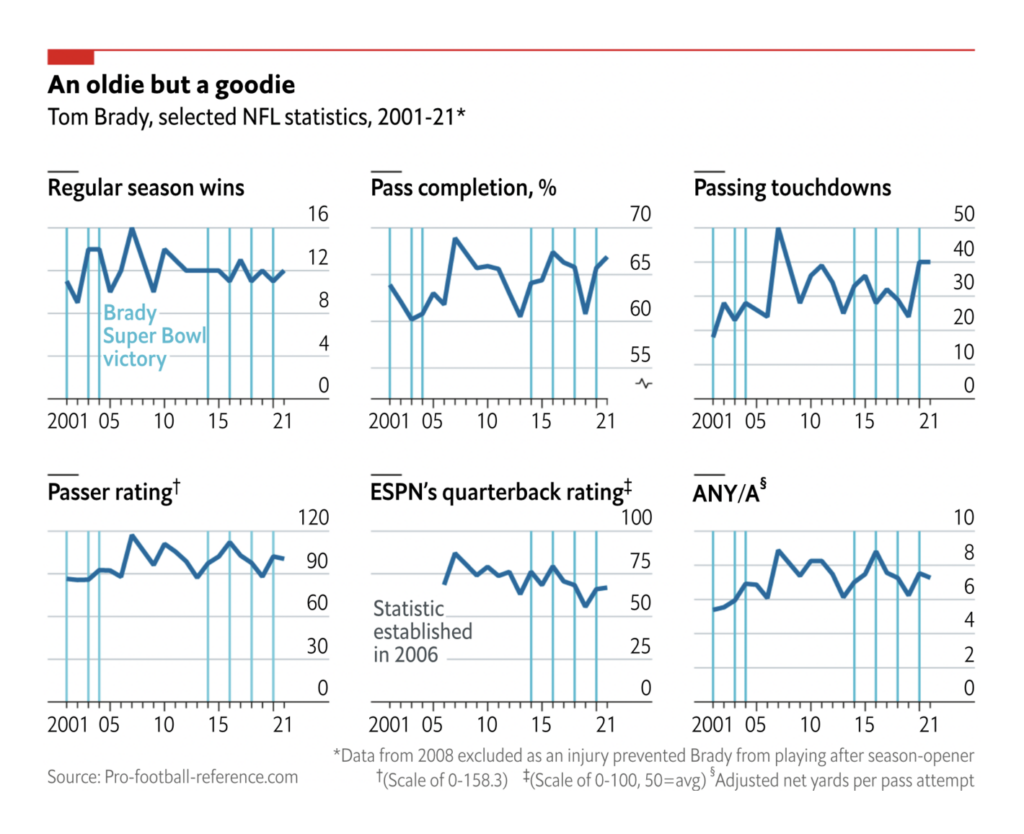
This chart of spiraling COVID cases caused some controversy on Twitter — but there’s no debating the fact that a new wave is here:
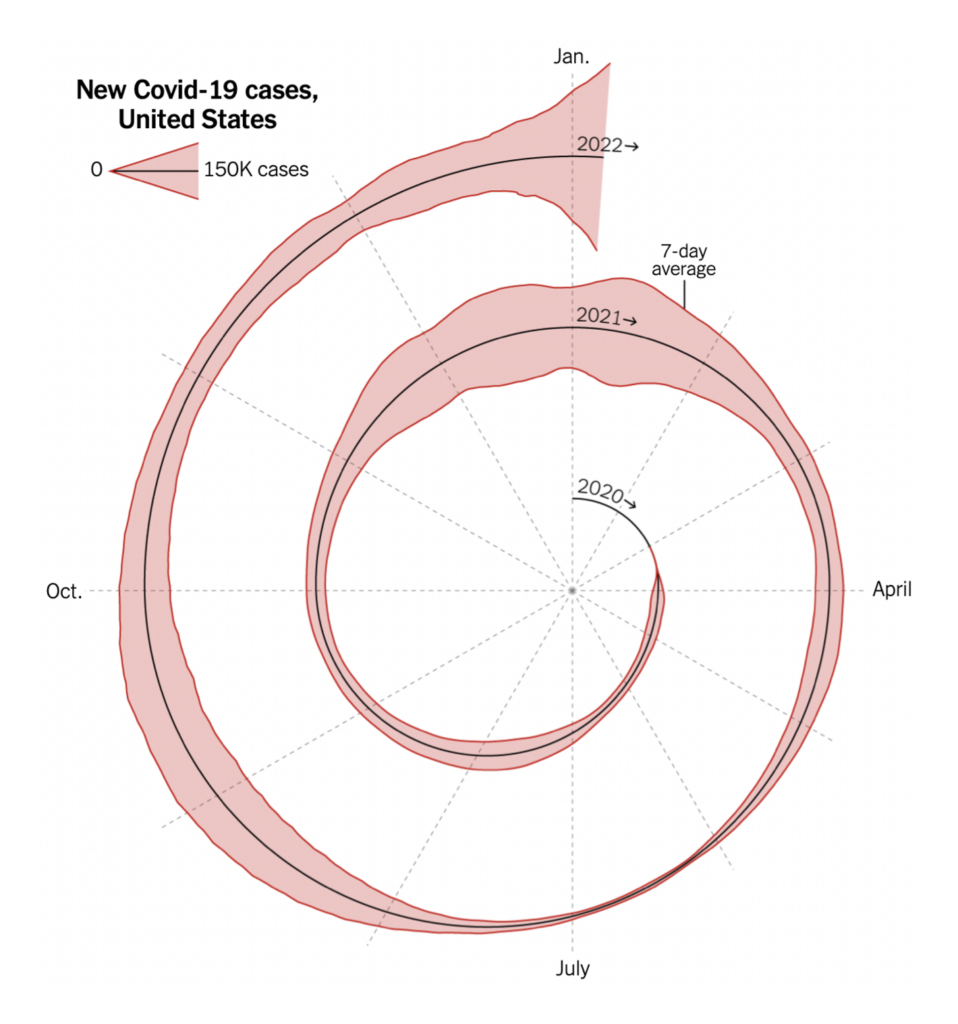
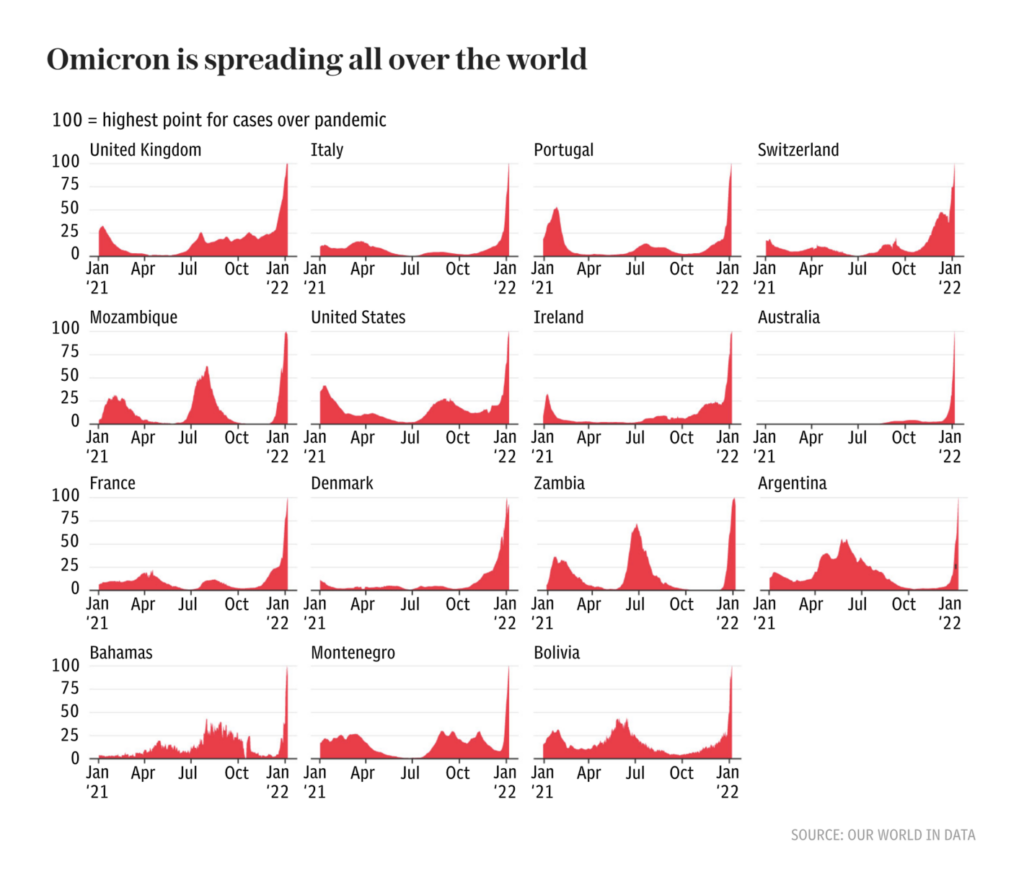
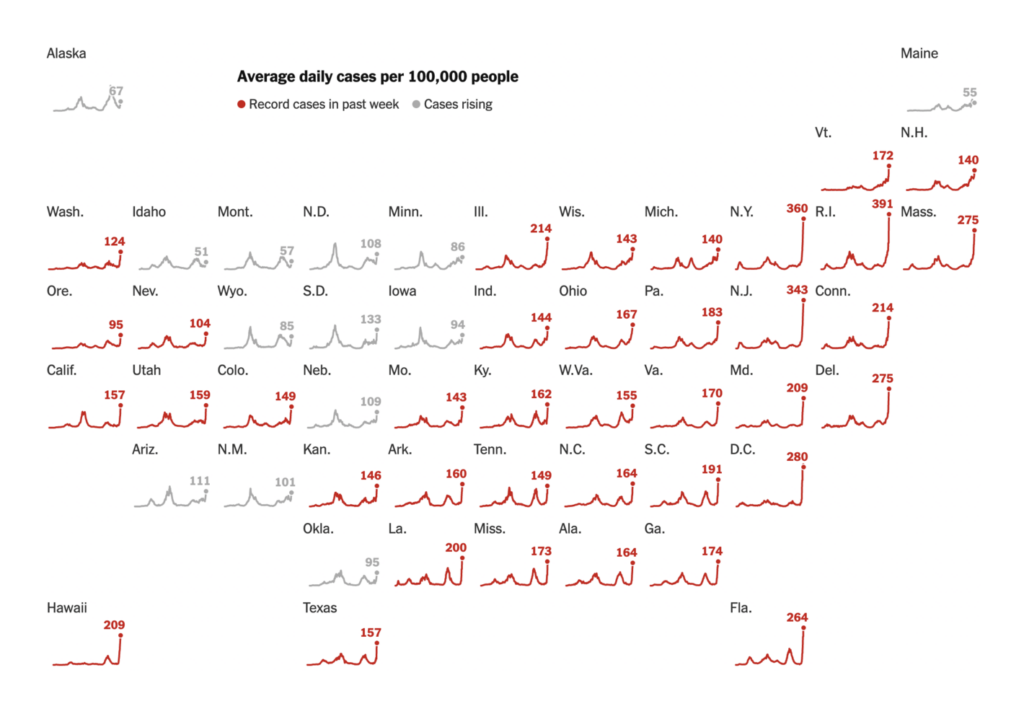
Omicron spreads more rapidly than previous variants, but seems in many places to cause less severe disease:
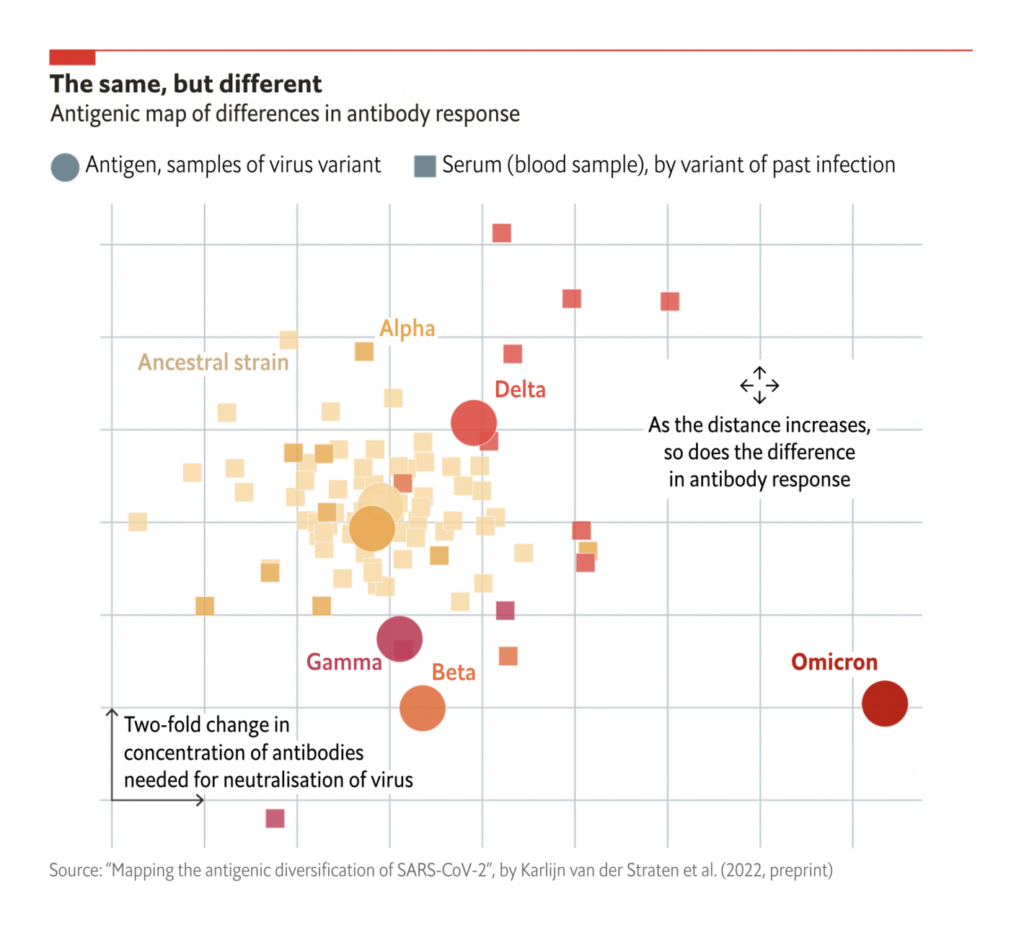
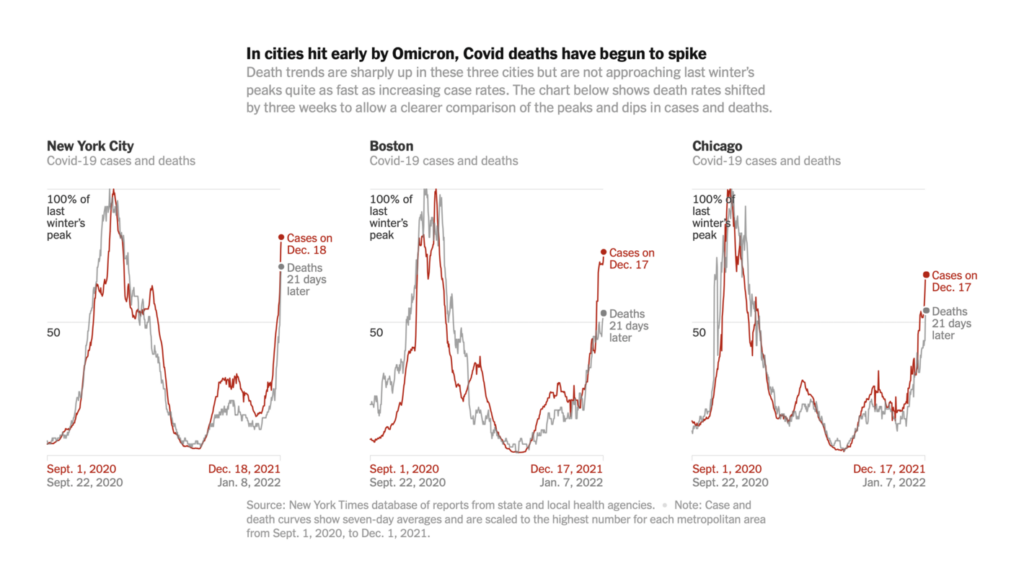
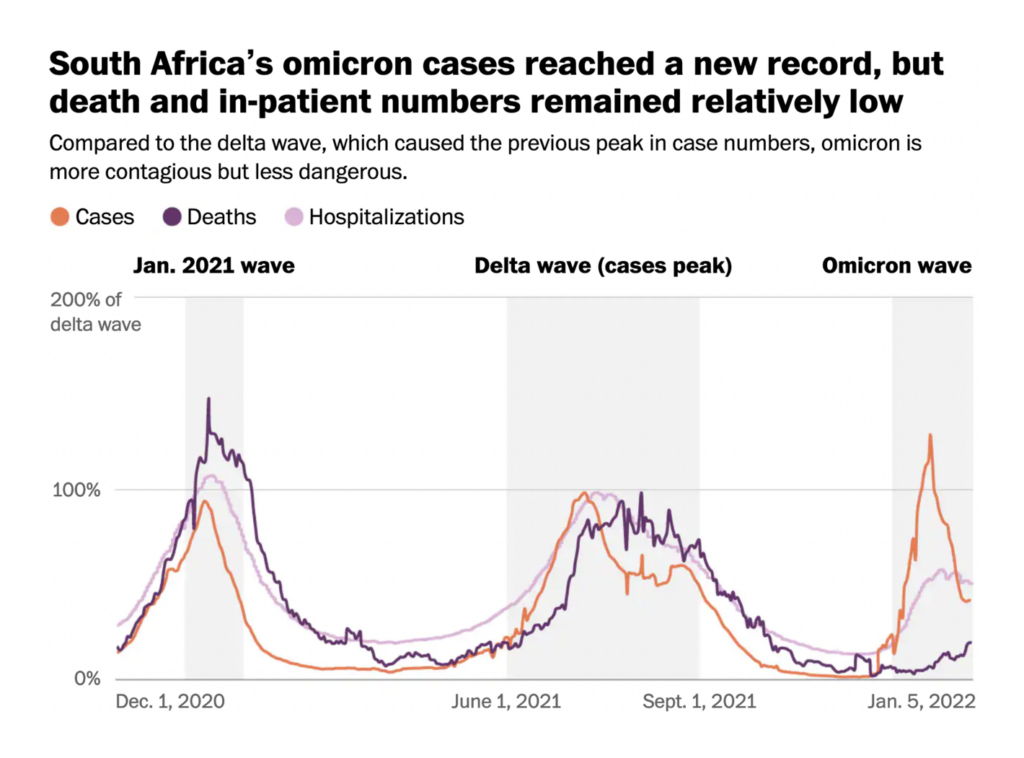


Throughout the pandemic, we’ve seen COVID’s effect on unexpected parts of life. These two charts found changes in Github usage and elite soccer:
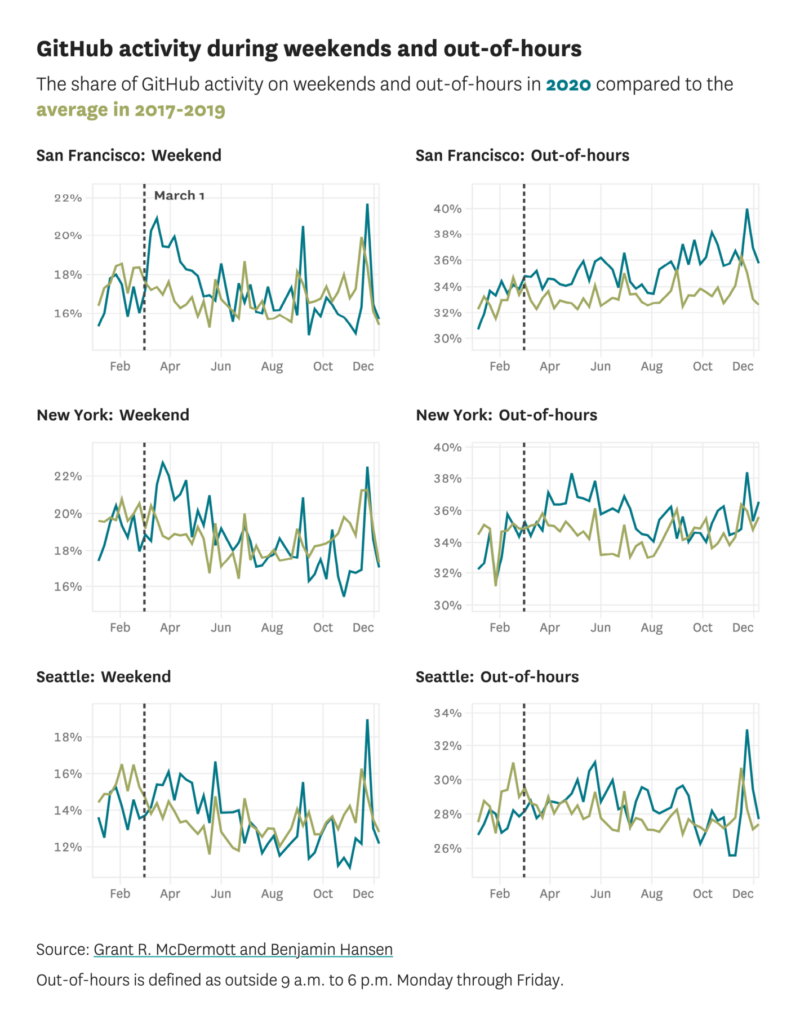

This week’s round of New Year’s retrospectives emphasized the changing climate:
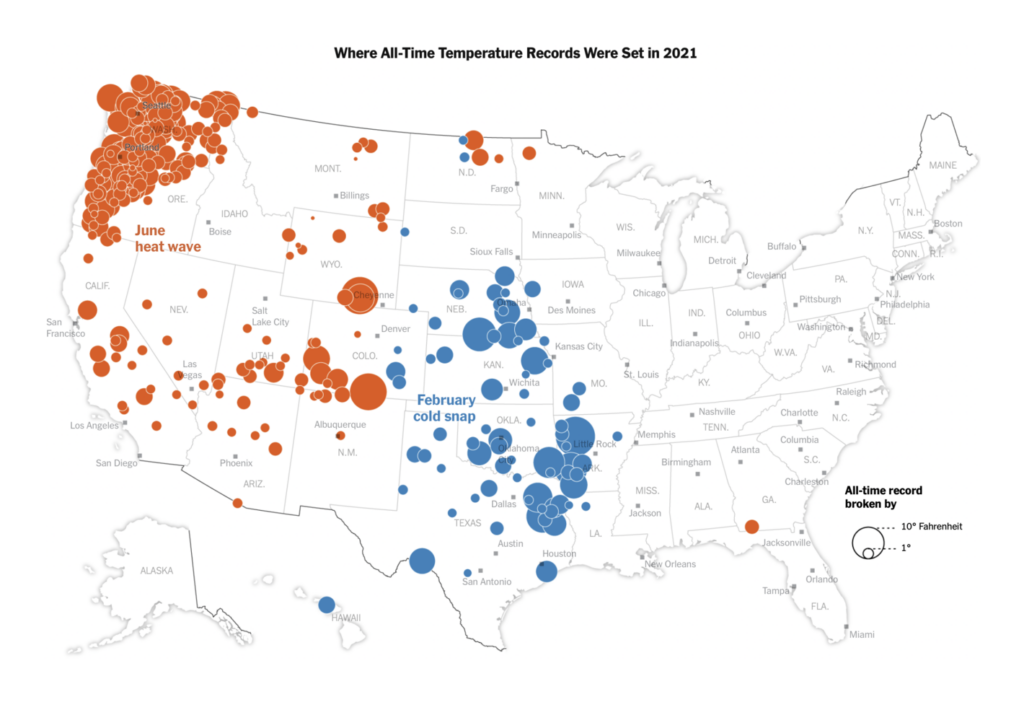
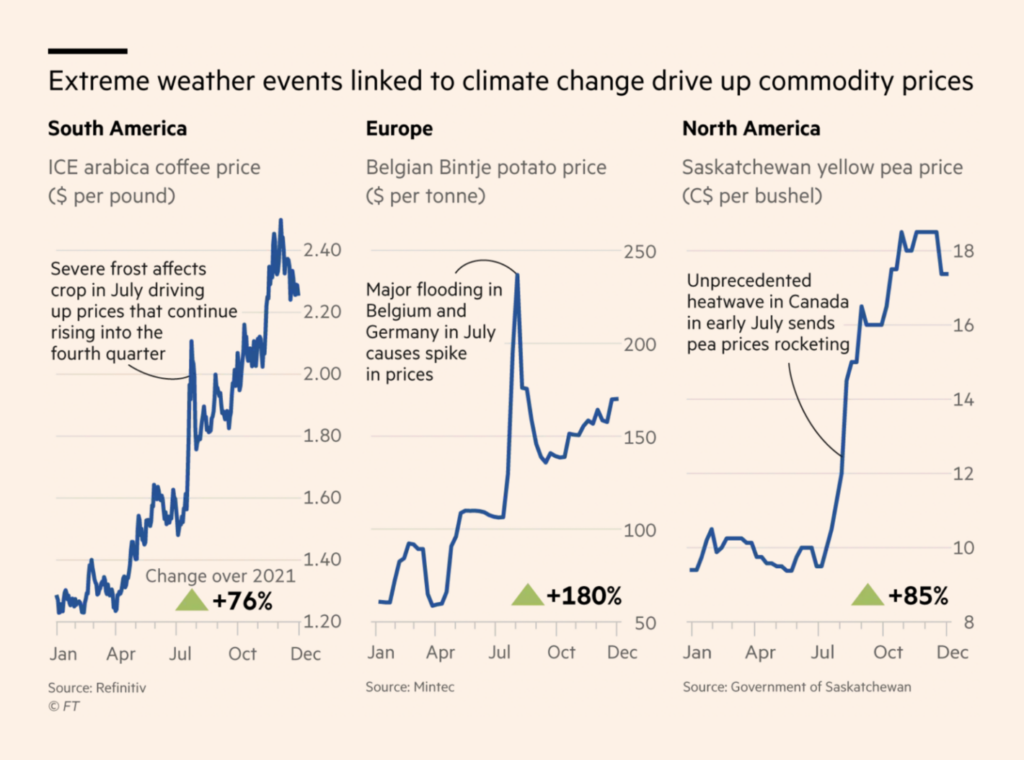
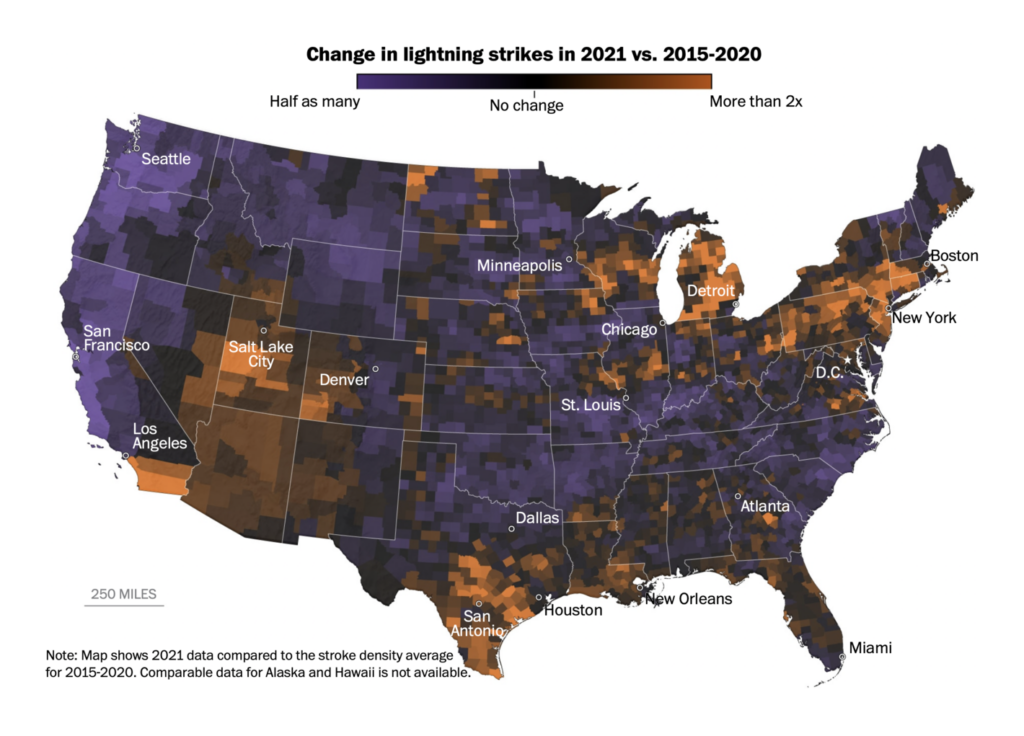
Finally, other visualizations included historical bar charts on slavery and nuclear power; a look at real estate in the U.S. and China; and a network of fossils and fossil-hunters:
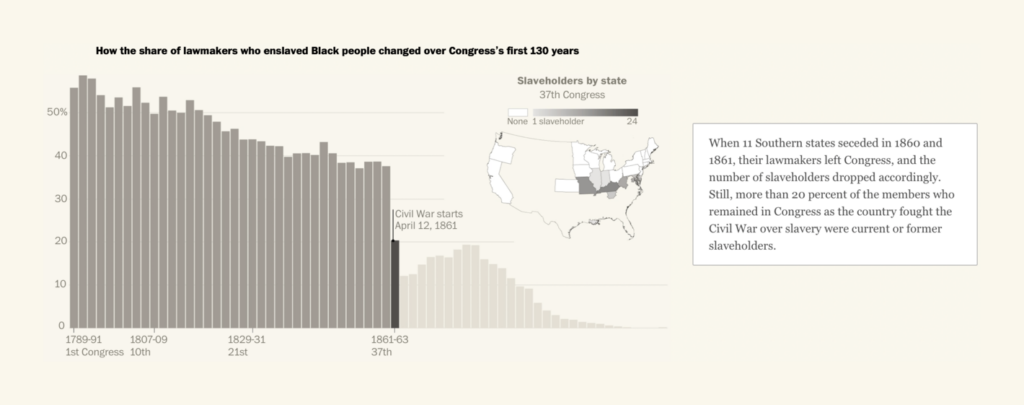
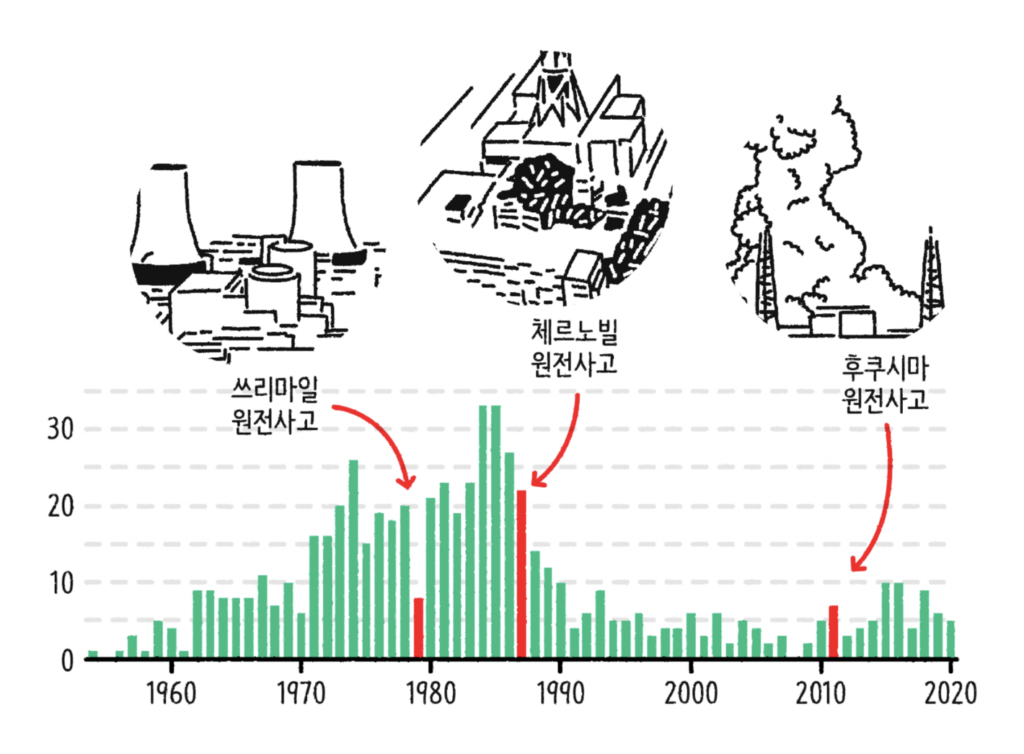

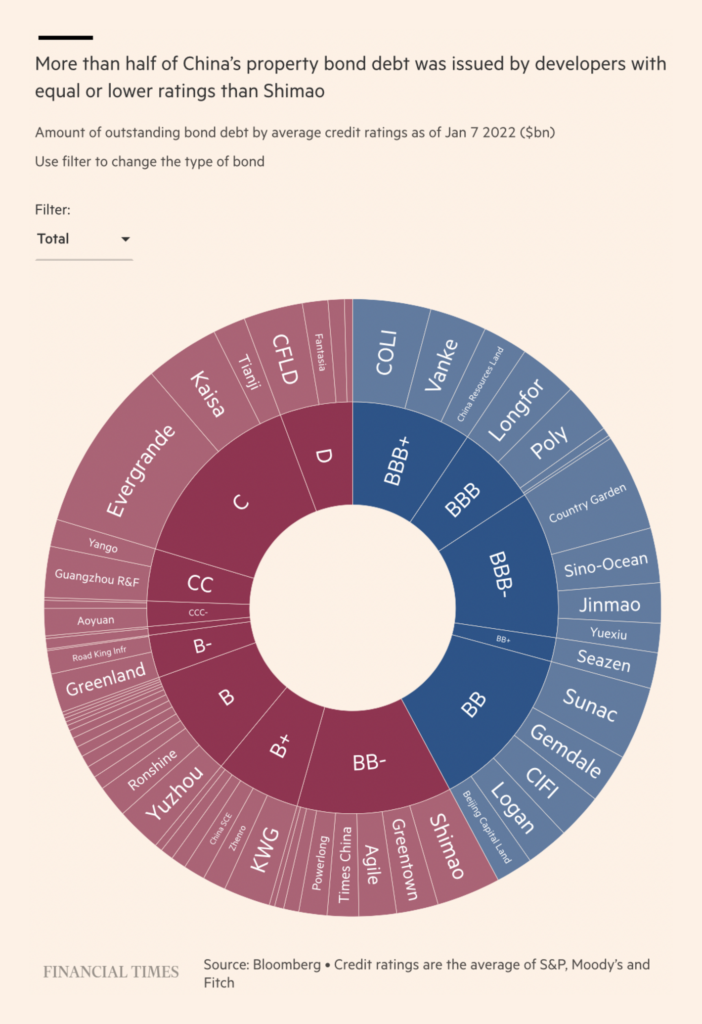
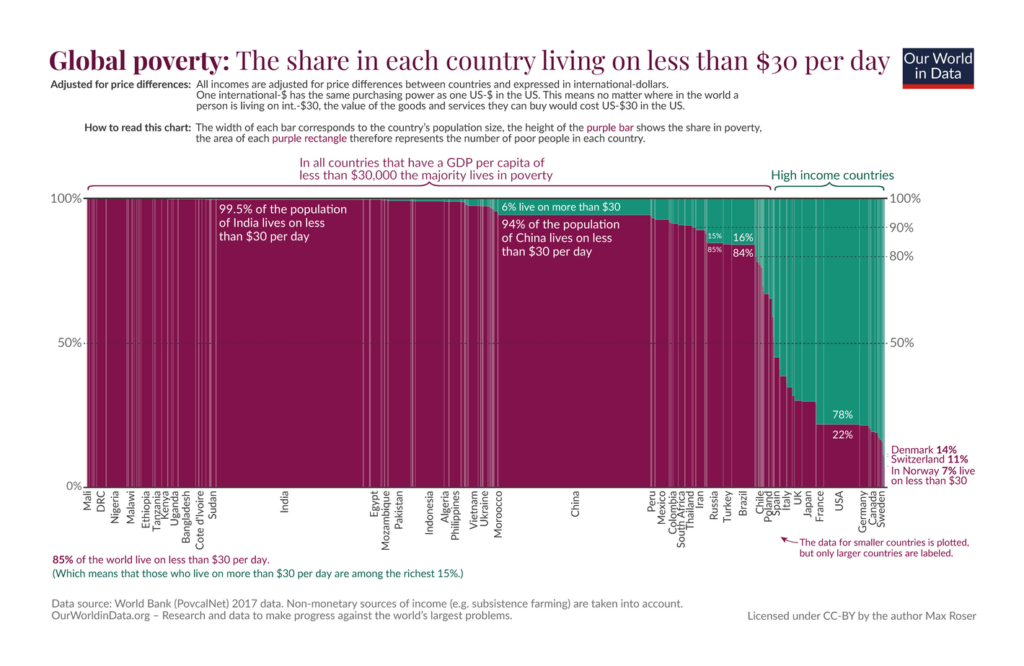
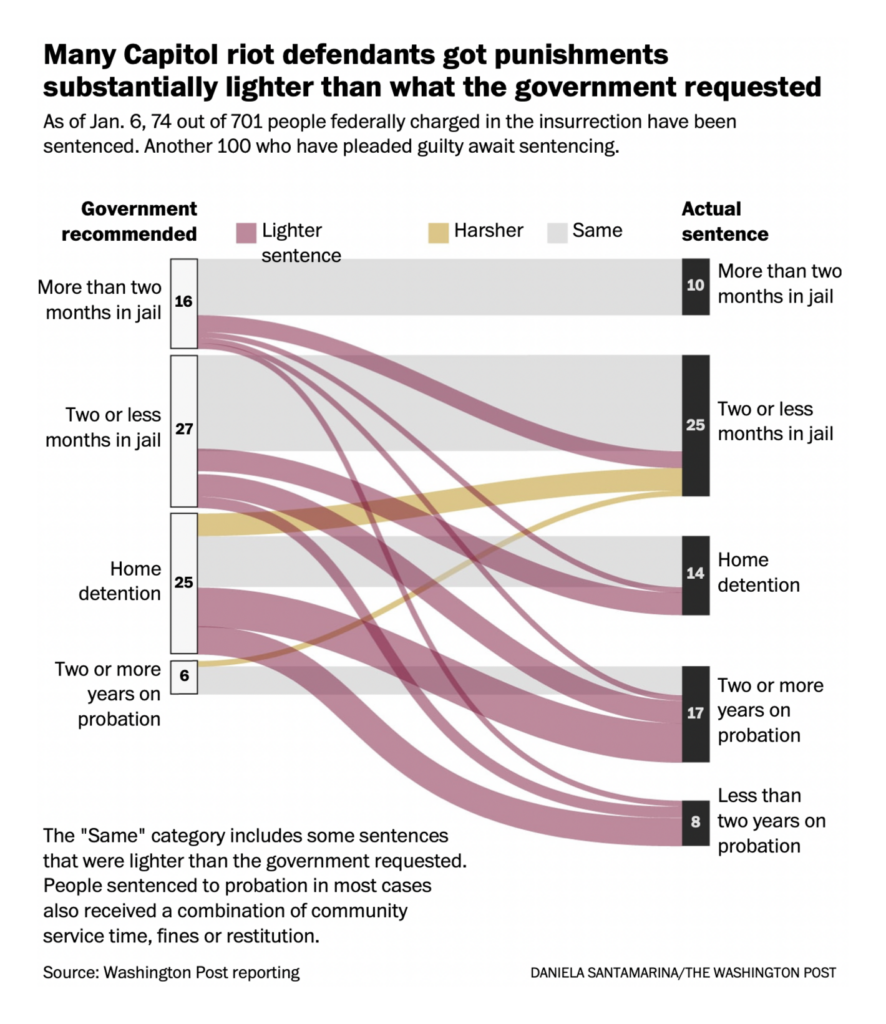
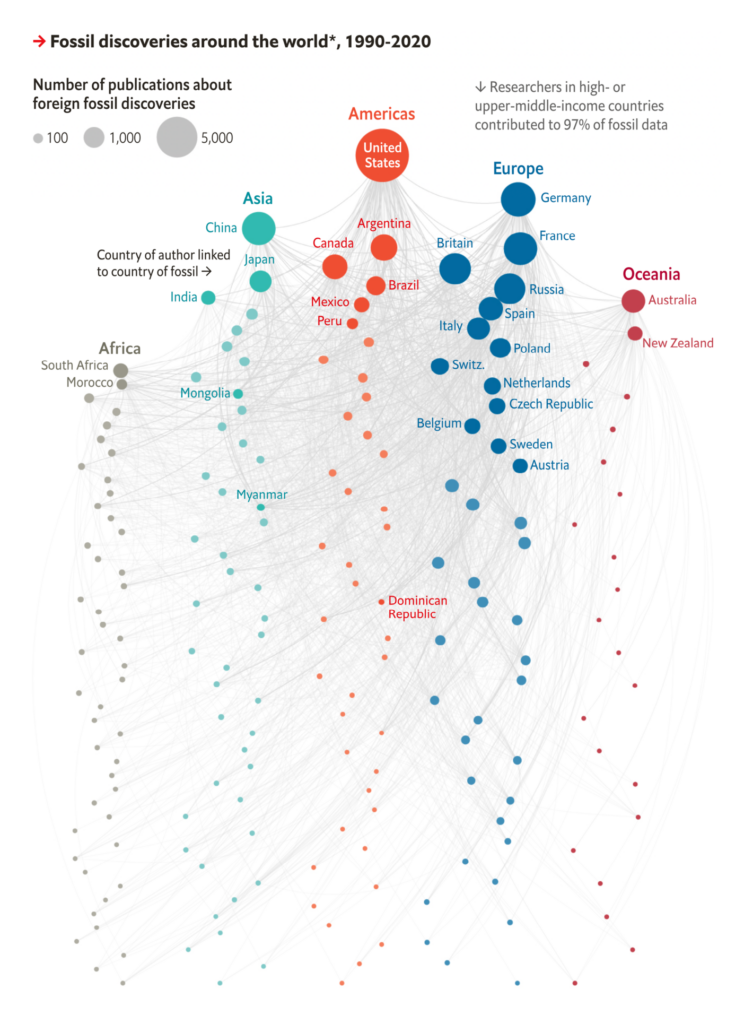

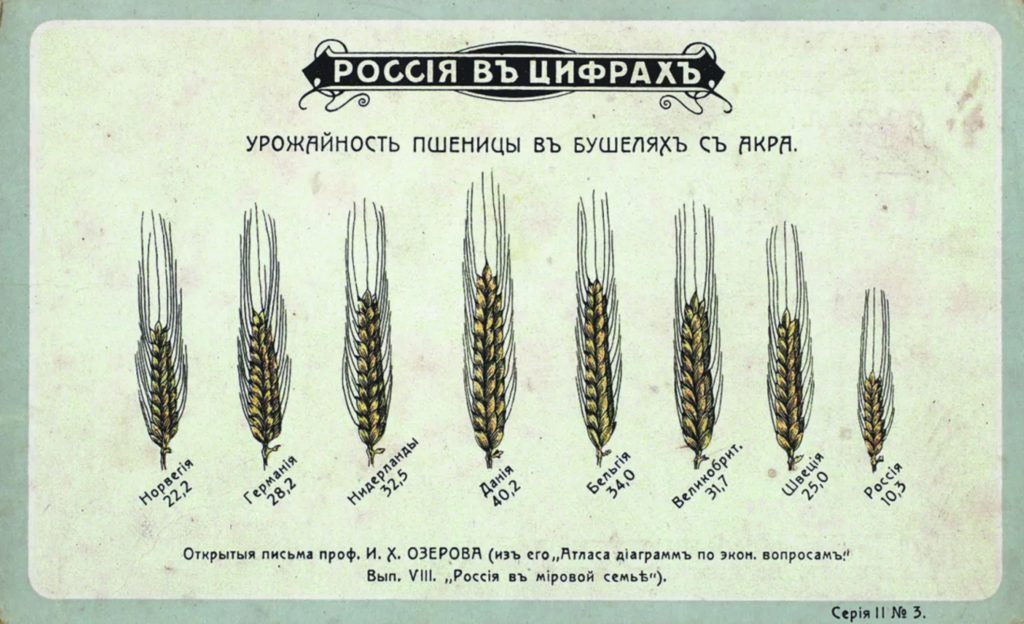
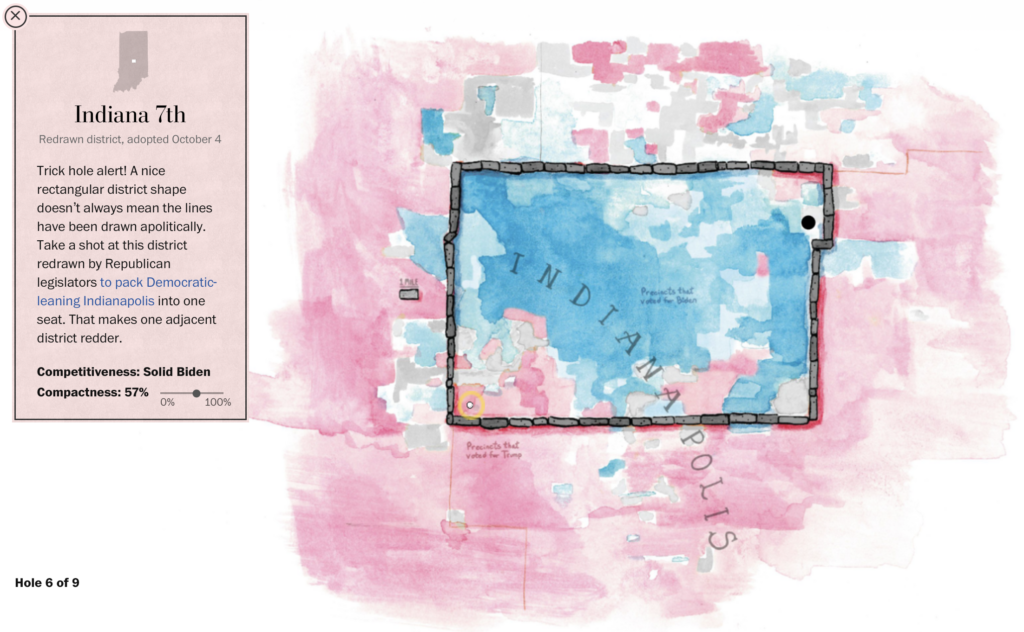

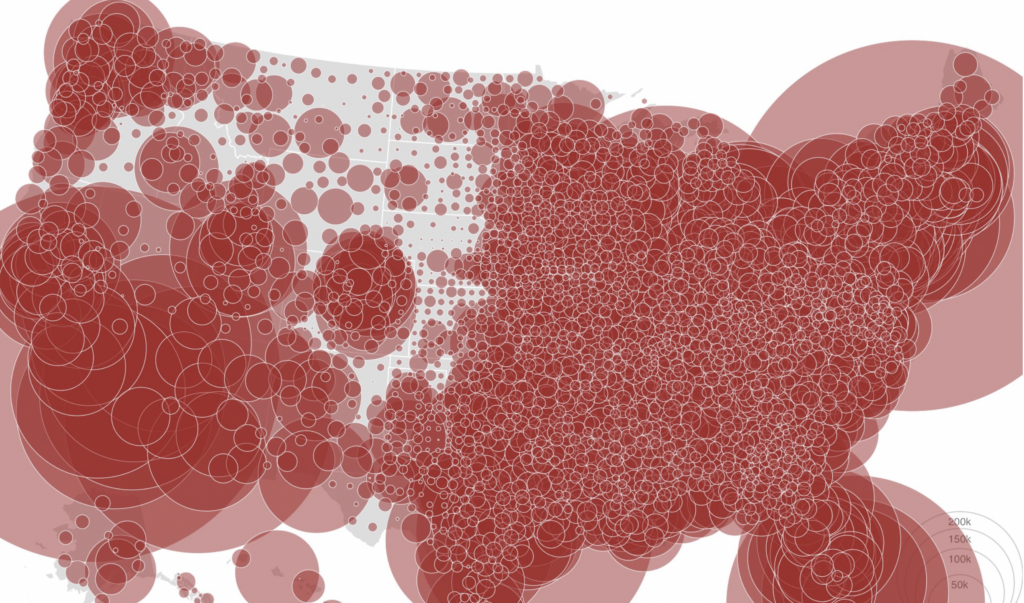
Help us make this dispatch better! We’d love to hear which newsletters, blogs, or social media accounts we need to follow to learn about interesting projects, especially from less-covered parts of the world (Asia, South America, Africa). Write us at hello@datawrapper.de or leave a comment below.
Comments